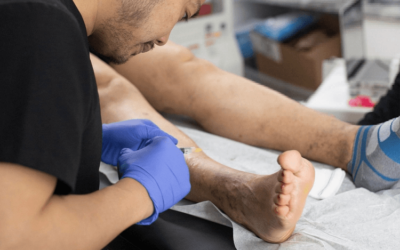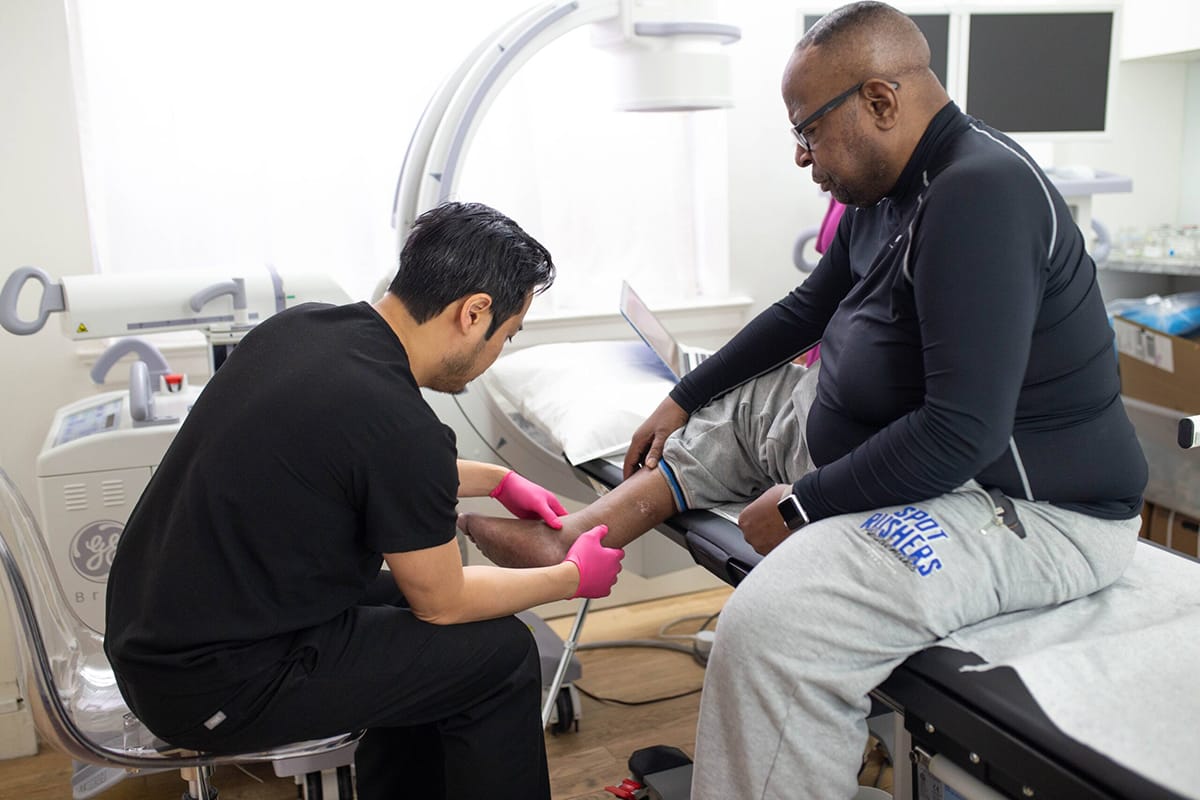What Are The Minimally Invasive Treatment Options For Varicose Veins?
Cuerpo
In the past 10 years, there has been a tremendous advancement in the treatment of varicose veins, and vein stripping, which involves removing a problematic vein under general anesthesia, is no longer necessary. How can I get rid of varicose veins without surgery? Most problematic veins, from the smallest varicose to the largest ones, can be treated without surgery thanks to minimally invasive methods. The use of heat, adhesive, or a solution injected directly into the veins are some of the more recent ways.
Can you name some least invasive treatments for varicose veins?
Varicose vein treatment should be tailored to the patient's needs. What kind of specialist treats varicose veins? Vein specialists are the ones who treat varicose veins and create a treatment plan depending on your specific vein issue. Your treatment plan could include a single or a combination of procedures. The treatment for varicose veins is frequently reimbursed by insurance when vein disorders create health issues. However, in some circumstances, therapies are viewed as cosmetic. Check your insurance coverage. Here are some least invasive treatments for varicose veins:

Compression stockings
The least aggressive form of treatment is compression therapy. It is unnecessary to have a prescription for compression stockings, which apply a certain amount of pressure to the legs to reduce discomfort and swelling. They use a tiny needle in sclerotherapy to inject a foam-like solution right into the varicose veins, causing them to shrink and collapse. People can anticipate returning to regular activities after receiving outpatient therapies.
Endovenous ablation
Endovenous ablation is a procedure that involves cauterizing a damaged vein and redirecting blood to healthy veins by heating the area with either radiofrequency or laser radiation. It's also a minimally invasive treatment that vein specialists perform under local or general anesthesia. What kind of doctor treats veins? Vein specialists or vascular surgeons are the experts who treat varicose veins.
Microphlebectomy
Another less invasive procedure is microphlebectomy, which makes tiny nicks in the skin through which a problematic vein is removed. Because of the few incisions, local anesthesia is used, and no stitches are necessary. The best candidates for this method are prominent, protruding veins. Most people wear compression stockings for a week, after which they can resume their daily activities and walk.

When should we seek medical treatment for varicose veins?
The function of a vein is to fight gravity and return blood from the legs to the heart. When the one-way valves in the veins malfunction, venous reflux disease, commonly referred to as chronic venous insufficiency, occurs. Blood pools in the extremities as a result of the defective valves, which can result in symptoms including pain, itching, swelling, cramping, or skin discoloration.
Beyond varicose veins, venous reflux can result in several more serious conditions, such as chronic swelling and ulceration. A person may occasionally exhibit no overt symptoms of venous illness but experience its effects.
Conclusion
The avove-provoded information talks about less invasive treatment options for varicose veins. For more details and information, please refer to veintreatmentli.com.
Article source : https://www.bloggingpalace.com/what-are-the-minimally-invasive-treatment-options-for-varicose-veins/








Comentarios